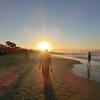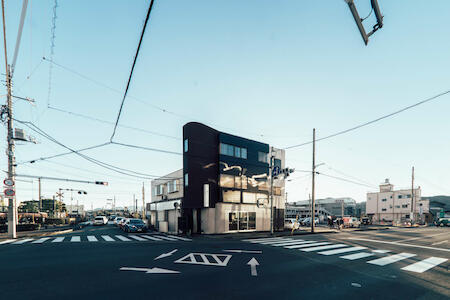Looking for budget stays in Mount Fuji? This section is designed to save you time, money, and unnecessary stress. We've got insider tips to help you find affordable hostels and the cheapest places to stay in Mount Fuji.

Located on Honshu, the largest Japanese island, Mount Fuji, Japan, is a world-famous and unique symbol of Japan. It has been on countless postcards, travel books, posters, and desktop wallpapers. The mountain is just under four thousand metres high and is characterized by its symmetrical volcanic cone. It is the highest mountain in Japan and situated around one hundred twenty kilometres southwest of Tokyo. Around five months a year, snow covers the peak. For many centuries, Mount Fuji has been worshiped as a sacred mountain. In fact, it is one the Three Holy Mountains of Japan. People believe that each of these three mountains -- Mount Haku, Mount Tateyama, and Mount Fuji -- has a particular power and their force is the source of life. In this context, Mount Fuji has volcanic power. But do not worry too much, the active volcano erupted for the last time in the early eighteenth century.
In the region, you will find numerous hotels, guesthouses, and hostels in Mount Fuji, Japan. Several huts are located right on the hillsides of Mount Fuji. Many accommodations are clustered in the settlements around Mount Fuji. Check out Lake Kawaguchi, Lake Yamanaka, or the area around the Fujikyu Highland Station for a large selection of hotels. However, the number of Mount Fuji, Japan hostels is limited compared to traditional guesthouses as well as hotels. Free Wi-Fi is standard (this also includes the hostels in Mount Fuji, Japan). Unfortunately, not many people speak English, so communication problems can occur.
Getting there is really easy during the climbing season from July to September. The mountain is accessible from all sides. The most popular bus connection departs from Tokyo. During the climbing season, you can take a bus directly from the Shinjuku Expressway Bus Terminal; the trip takes about two-and-a-half hours. If there is no climbing season, you can still take a bus, but the connections are less frequent. Train connections are available, as well.
Especially in summer, the mountain is a very popular tourist destination. Unfortunately, poor visibility and clouds often block the view to the top of Mount Fuji. Generally, the visibility is better in winter than in summer. Fujigoko, the Fuji Five Lake, is located at the northern base of Mount Fuji. It is well-known as a lake resort area and a perfect spot for active tourists who love hiking, fishing, and camping.
Written by Travel Expert Mount Fuji
 Flo
Flo
